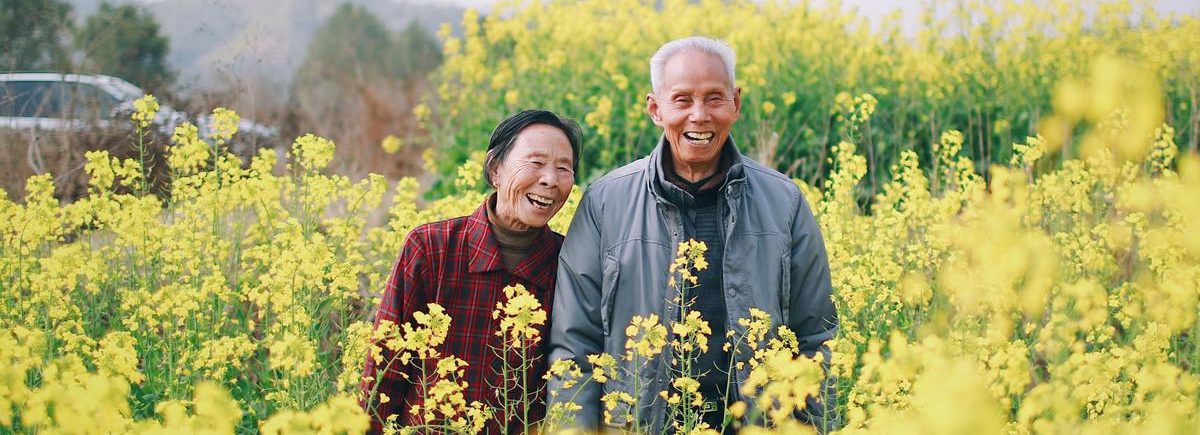The media surrounding COVID-19 and senior living in 2020 was brutal, creating a PR crisis that fundamentally changed how senior living is perceived. Headlines focused on death and despair and not surprisingly, the bad publicity has contributed to decreased occupancy and a poor public image. But, we want to change the narrative and make the voice of the industry heard: Older adults are safer in senior living than at home—even during a pandemic.
With this in mind, the expectations for senior living has changed overnight. According to an article in Barron’s, “Pressure to reinvent senior living more broadly is intensifying. Part of the industry has used a hospitality or real-estate model and not accounted for the public-health ramifications of older people living in close proximity.” Potential residents and their families need to be assured that the industry is agile and shifting to address the challenges that have been highlighted as a result of COVID-19.
Rethinking What Matters
Senior living communities offer three core benefits that residents simply can’t get at home, especially during a pandemic: Care, Comfort, and Community.
During COVID-19, safety became the number one priority and it’s a trend that isn’t going away. Residents and their families want to be assured that access to care 24/7 is top of mind. Communities with doctors, onsite wellness clinics, and telehealth services such as remote patient monitoring for those with chronic conditions are the wave of the future.
During the height of the pandemic, the executive leadership team at Montgomery Place in Chicago, made the unprecedented decision to move into their community so they could offer compassion and support to residents and staff 24/7. Chief Relationship Officer (CRO) Stefanie Dziedzic says, “This was not an initiative that was done for show. It was really done from the heart, and I think that’s what made it successful. Residents couldn’t see their families. They couldn’t see their friends. They couldn’t do the things that made their life normal. We were what made their life normal. And so it really was an easy transition to make. Now, a full year later, it’s almost hard to remember how scary it was and how quickly things were changing.”
CEO Deborah Hart adds, “It gave a calm to the overall organization and a comfort to residents and families that I don’t think we could have accomplished in any other fashion.”
Montgomery Place resident Barbara Dwyer, who contracted COVID-19 last November says the care she received when she returned from the hospital, likely saved her life. “Someone would bring me food, check my oxygen levels, take my temperature, and so on … whereas where I was living before, I don’t think I would have survived. Just having someone around me and watching over me was a good thing.”
There’s comfort in knowing people are checking on loved ones throughout the day to make sure they have what they need, such as hot meals or access to books and movies, all under one roof—in good times and bad. And for residents who actively venture out on their own, it’s reassuring to know that they don’t have to go out when the weather is bad to refill a prescription or go grocery shopping, if there’s a pharmacy and store right in their community.
And being part of a community encourages seniors to be more engaged and active, which contributes to their overall wellbeing. In addition to socializing with other residents, communities offer exercise classes, arts and crafts, games, field trips, and more. Older adults living at home, just don’t have ready access to these kinds of activities, which can lead to declines in their health and emotional outlook.
Technology Will be Another Major Shift
Communities that adapt and embrace technology will thrive; those that don’t will fail. “We’ve actually been seeing this for several years in advance, where the baby boomer generation is looking for a different product than what their parents looked for,” Hart explains. She adds that they are tech-savvy and demand high-speed internet access and smart tools/technologies to be more comfortable and connected.
“Although technology is going to the impact the way we move forward, we also know the value of human contact, so we have to find a balance between how we can encourage people to stay connected on a one-to-one personal basis and still use technology,” she acknowledges.
In any case, the advantages of living in a community far outweigh the potential for safety concerns and isolation if one were to stay at home. This is the reason we initiated the Safer in Senior Living campaign.
Safer in Senior Living promotes the benefits of living in a community and shares the real-life stories of dedication and triumph from communities across the United States to bring them into the mainstream conversation. Join the movement and spread the word that it is Safer in Senior Living!


